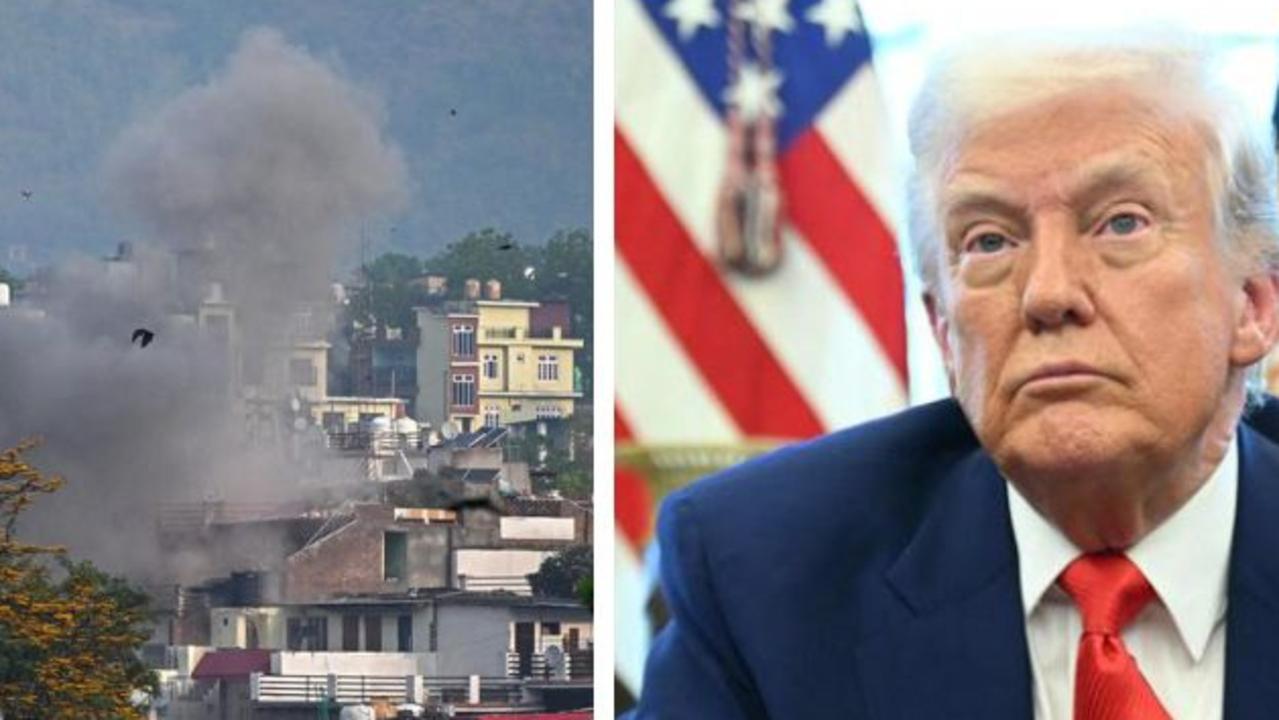Iran, Russia set to test Joe Biden as they unveil nuclear ambitions
The incoming US President will be confronted by growing nuclear weapons tension as both Iran and Russia flex their muscles.

News
Don't miss out on the headlines from News. Followed categories will be added to My News.
Iran has announced it is planning to enrich uranium to up to 20 per cent purity in its clearest signal yet that it is on the march to build nuclear weapons capability.
And in more concerning news for incoming US President Joe Biden, Russia has unveiled plans for a massive nuclear missile which can travel 10,000km and wipe out a country the size of France or the US state of Texas.
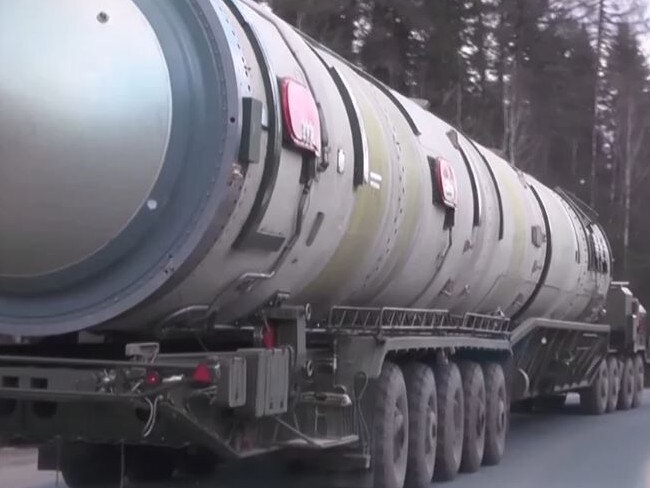
The ambition to produce 20 per cent pure uranium is well past the upper limit set for Iran under the 2015 Vienna accord, the UN nuclear watchdog the International Atomic Energy Agency (IAEA) said.
“Iran informed the agency of its intention to enrich uranium at a rate of up to 20 per cent in its Fordow underground plant, to comply with a law recently passed by the Iranian parliament,” an IAEA spokesman told AFP.
The letter “did not state exactly when this enrichment activity would begin”. the spokesman added.

“It is an additional blow,” a diplomat based in Vienna said, as Tehran continues to retaliate to US sanctions by progressively abandoning limits on its nuclear activity laid down in the deal.
According to the latest report available from the UN agency, published in November, Tehran was enriching uranium to levels greater than the limit provided for in the Vienna agreement (3.67 per cent) but not exceeding the 4.5 per cent threshold, and still complied with the Agency’s very strict inspection regime.
But the November assassination of Iranian nuclear physicist Mohsen Fakhrizadeh, blamed on Israel, caused hardliners in Tehran to pass a law calling for the production and storage of “at least 120kg per year of 20 per cent enriched uranium”.
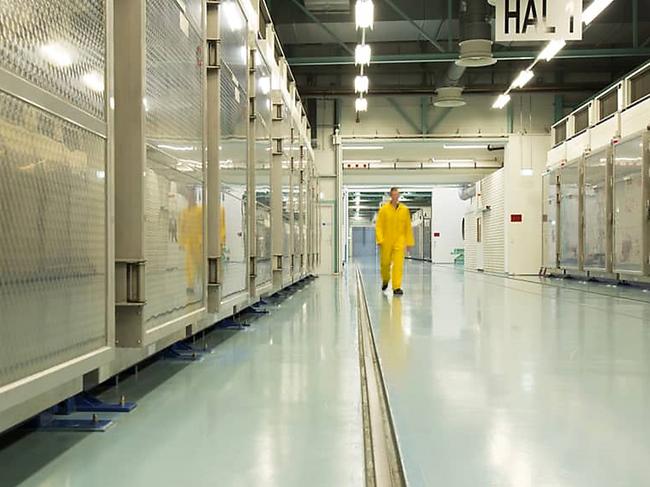
The law also called to “put an end” to the IAEA inspections intended to check that the country is not developing an atomic bomb.
The other signatories to the deal - China, France, Germany, Russia and Britain - have been playing for time, in advance of Joe Biden’s inauguration as US president. Donald Trump pulled the US out of the deal in 2018 and imposed crippling sanctions on Tehran.
Mr Biden, who takes office on January 20, has signalled Washington would rejoin the so-called Joint Comprehensive Plan of Action (JCPOA) aimed at limiting Iran’s nuclear program.
German Foreign Minister Heiko Maas has said the change of administration in the US means that there is “a last window” for progress that “shouldn’t be wasted”.
The development came as Iran’s Revolutionary Guards chief Hossein Salami vowed to respond to any “action the enemy takes”, as he visited a strategic Gulf island amid rising tensions with the US.
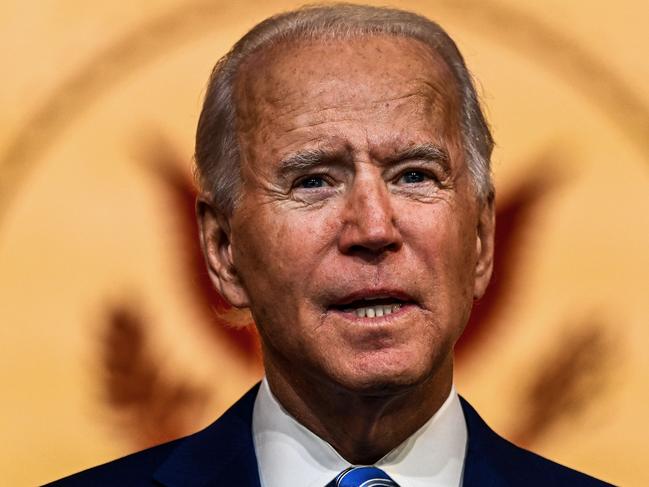
Salami was speaking on the eve of the first anniversary of the US killing of top Iranian military commander Qasem Soleimani in a Baghdad drone strike on January 3, 2020.
“We are here today to evaluate and be assured of our powerful capabilities at sea and against enemies who sometimes boast... and threaten,” Salami said.
, according to the Guards’ official website Sepahnews.
“We would respond with a reciprocal, decisive and strong blow to whatever action the enemy would take against us,” Salami warned.
RUSSIA’S NEW NUKE MISSILE “LIKE A METEORITE BALL OF FIRE”
Moscow is set to test an “unstoppable” 25,000km/hr nuclear missile it boasts can beat any defence and wipe out an area the size of Texas or France.
The RS-28 Sarmat doomsday rocket is now primed to replace the much-feared R-36 - once dubbed the “Satan” nuke by NATO.
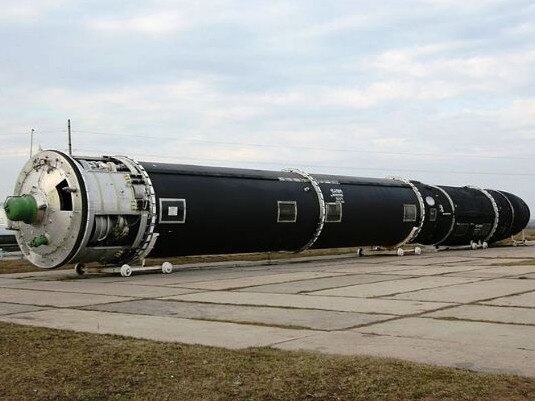
The military is preparing to carry out flight tests of its next-generation intercontinental ballistic missile, a weapon it claims can overcome any defences.
Weighing 208 tonnes and with a range of about 10,000km, the Sarmat will carry up to 16 warheads and, according to Moscow, will be capable of bypassing any missile defence system.
Alexei Krivoruchko - Russia’s deputy defence minister - revealed long-distance launches are now imminent.
He said: “I will note that ejection tests of the Sarmat missile are completed with positive results.
“In the near future we will begin carrying out flight tests of this rocket complex.”
Krivoruchko then chillingly added: “By virtue of its capabilities, no missile defence weapon, even the most advanced, can hinder it.”
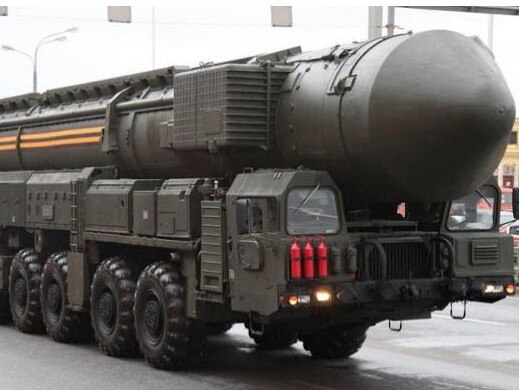
The other new weapons include the Avangard hypersonic glide vehicle, which Mr Putin said could fly “like a meteorite, like a ball of fire”; the Kinzhal air-launched missile; a nuclear-powered cruise missile; and a silent long-range underwater drone.
Sarmat will go on combat duty in Krasnoyarsk, Siberia, next year. the Times reported.
The RS-28 - which will eventually be stationed in Siberia - was among an array of new weapons unveiled by Vladimir Putin in 2018.
Others include the Avangard hypersonic glide vehicle, which the Russian leader said could fly “like a meteorite, like a ball of fire”.
The new Sarmat nuke - known in the West as Satan-2 - is seen as Russia’s most powerful nuclear-capable intercontinental ballistic missile, The Sun said.
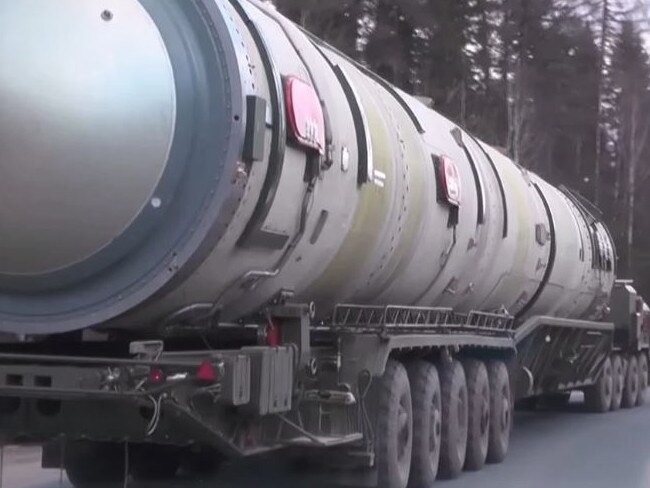
Just one of them contains eight megatons of TNT-equivalent explosive power.
That is more than 400 times more powerful than either of the two bombs the US dropped on Japan in the final days of World War Two.
This means they are capable of pulverising an area the size of England or Texas.
Resulting nuclear fallout would then spread from the destroyed zone, depending on wind speed and direction.
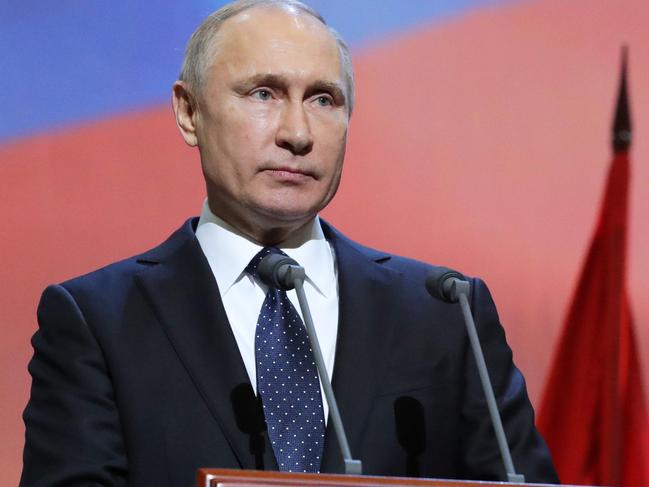
Last month, Putin said a new “arms race has already begun” between the US and Russia and that his country’s new hypersonic missiles are ready for use in combat.
His worrying words came just months before the New Start treaty, the last major nuclear arms control treaty between the two countries, is due to expire.
Speaking at his annual set-piece press conference, Putin discussed Russia’s military capability and its bearing on US-Russia relations.
He was asked whether a failure to renew the New Start treaty, which committed both parties to a reduction in nuclear missile launchers, would mean the start of a new arms race.
“The arms race has already begun,” he said. “After the US withdrew from the nuclear defence treaty, that’s exactly what happened.



